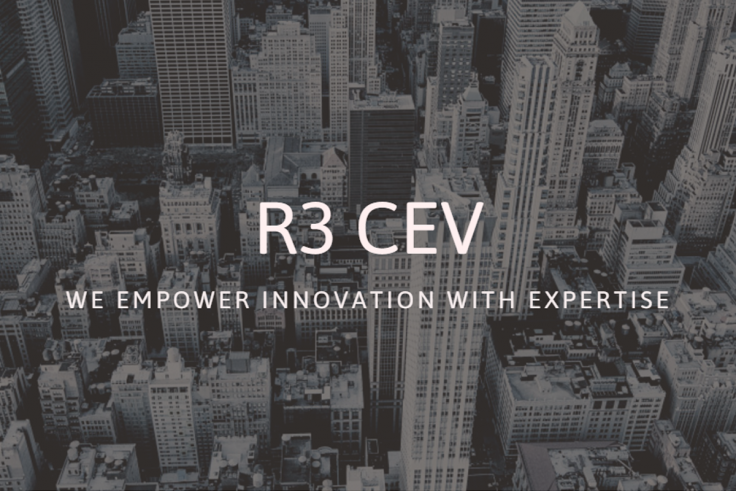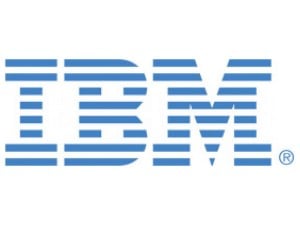The Blockchain ‘Industry’ Stripped the Innovation of THE Innovation
There is much discussion today about multinational firms entering into the blockchain space. They, in fact, with their deep pocketbooks, created an entirely new Industry: the blockchain industry. At industry events, many topics are explored, most notably centered on the ways in which forms of blockchain technology could make more efficient the business and government processes of today, from bank transfers to verification to data storage.
Is it a Blockchain?
At the heart of much of this discussion regarding blockchain innovation is end-to-end encryption and multi-signature transactions. The use of multi-signature and end-to-end encryption, while an important part of Bitcoin’s iteration, are probably not what’s central to the innovation, and neither are particularly new. What’s central to the Bitcoin innovations is perhaps the distributed manner in which data consensus is reached and the way in which the network is secured: via miners and cryptography, as it were.

The purpose of this essay will not be to explore whether or not Bitcoin miners bring true security to the network (some of the brightest minds do not believe so), but, rather, we will explore whether or not, without a distributed consensus mechanism, can one have a true blockchain?
IBM has announced it is all-in on blockchain, but are they all in on an entirely blockchain “blockchain?” That is murky. Major institutions will find it difficult to adapt the mining complex – a central piece of the blockchain technology as expressed by Bitcoin – to their business models.

How distributed could a private company ledger be? Is it even distributed if only one institution is running all the nodes on a network? These institutions will probably use distributed technology in some way to update their processes should they decide the blockchain can be made useful for their models. However, it likely won’t be all that distributed as the network will be limited to their enterprise.
What could evolve is the organization designed by Dee Hock with the Visa model, in which all financial institutions take part in the network. However, unlike the VISA model this will be done in a technologically distributed manner. Dee Hock, founder of Visa, seems to think Bitcoin could offer a way forward:
“Bitcoin is one of the best examples of how a decentralized, peer-to-peer organization can solve problems that these dated organizations cannot,” Hock once said . “[Bitcoin] presents incredible opportunities for new levels of efficiency and transparency in financial transactions.”
Hock told FastCompany: “In Visa, we tried to create an invisible organization and keep it that way. It’s the results, not the structure or management that should be apparent.”
He added: “[VISA] Members are free to create, price, market, and service their own products under the Visa name.” At the same time, in a narrow band of activity essential to the success of the whole, they engage in the most intense cooperation.” Power and complexity are two problems with which Hock concerned himself.
“It was beyond the power of reason to design an organization to deal with such complexity, and beyond the reach of the imagination to perceive all the conditions it would encounter,” he said. “The organization had to be based on biological concepts to evolve, in effect, to invent and organize itself.”
Anthony Di Iorio recently summed up the likely viewpoint of financial institutions and technology companies investigation the blockchain: “It’s the underlying technology behind Bitcoin, the blockchain,” he told Bitcoin Magazine . “They’re interested in providing solutions; they don’t care what technology it is as long as it works.”
That sentiment likely underscores the coming innovations inspired, in part, by Bitcoin’s blockchain. The question about whether or not these advents are truly blockchains will depend largely on the modes of security and consensus adopted by institutions.
Images from Shutterstock, R3 and Facebook.